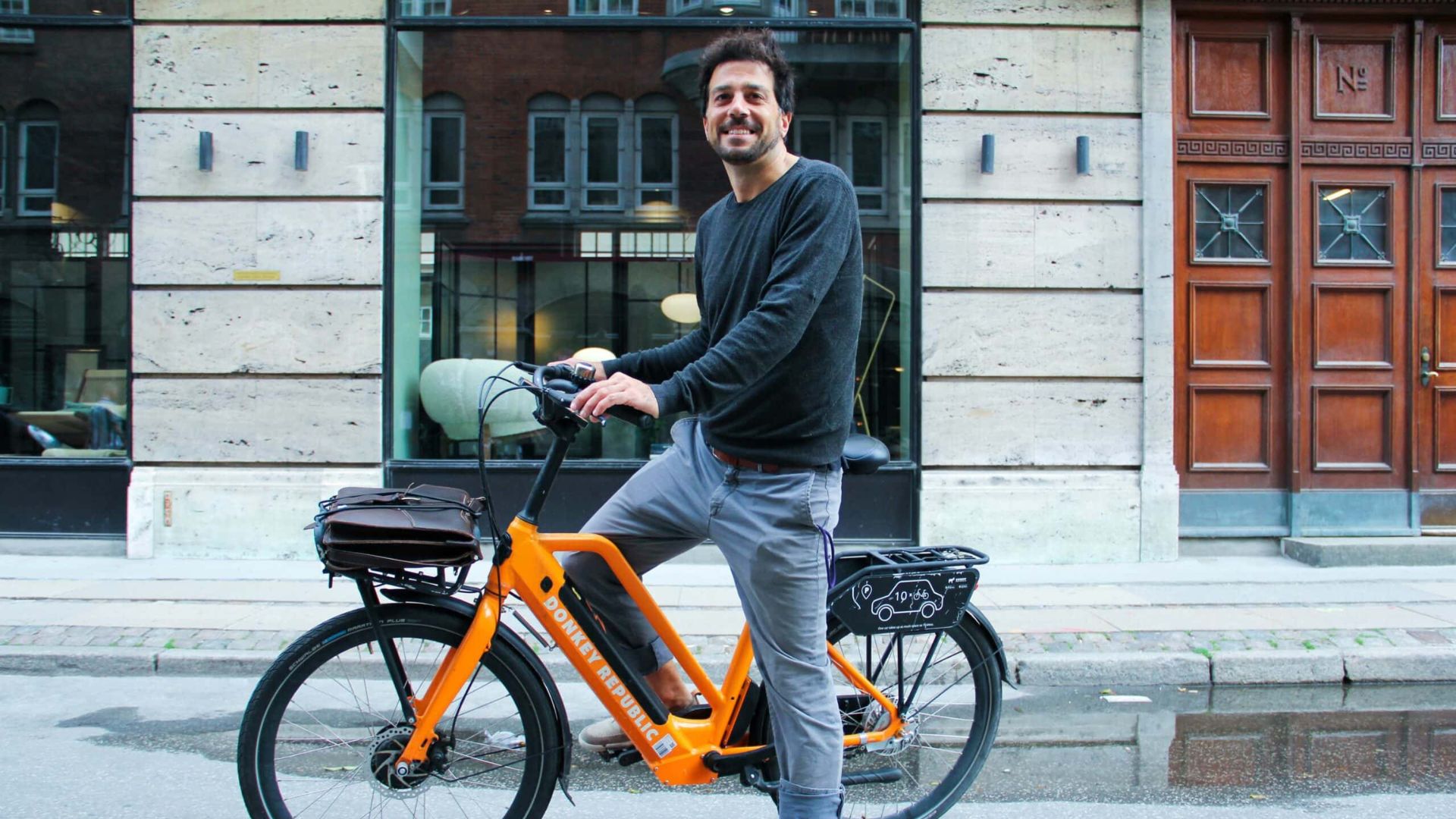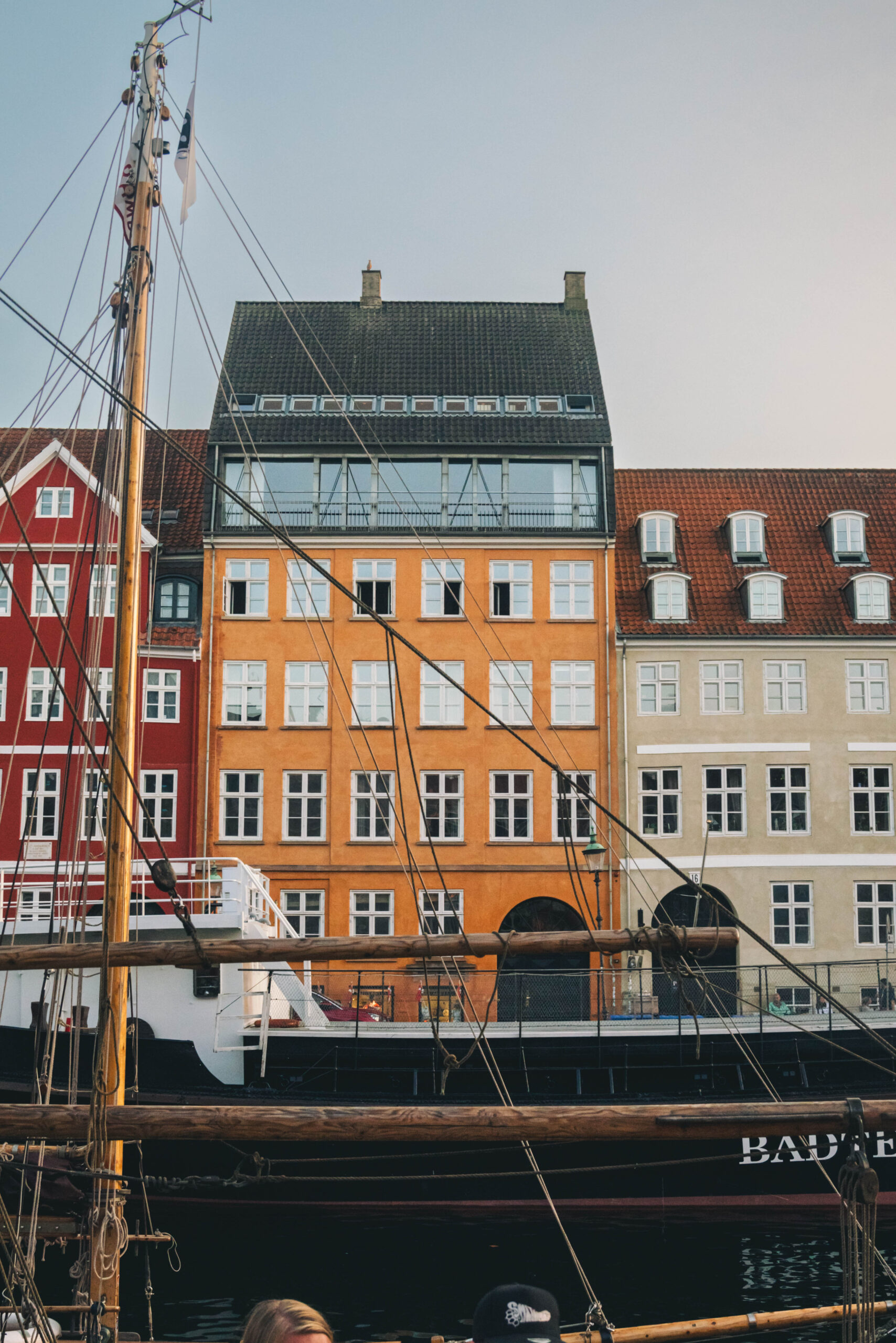Head down to Copenhagen’s waterfront, and you’re likely to see something that wasn’t there ten years ago: life. With its water polluted and the heavy industry gone, the harbour used to be abandoned.
Today though, Copenhagen is one of the only European cities with a harbour clean enough to be used for recreational purposes. The reason why is because Copenhagen cleaned up its act, literally.
Prior to 1995, wastewater flowed directly into Copenhagen Harbour through 93 overflow channels, part of a system that Jan Burgdorf Nielsen, of the city’s Technical and Environmental Administration, described as purposely undersized.
“The old sewer system was not dimensioned to contain all the rainwater. They did that in the old days to save money because if you put smaller pipes in the ground, you saved money,” he said. “So instead of putting in bigger pipes they made these holes in the sewer system where they let the waste water go into the harbour instead of the sewage plant.”
The process of cleaning up the harbour began in 1990 when Copenhagen decided that those abandoned harbour-front properties should be used for offices and residential spaces.

In 1995 the first concrete underground basin for storing wastewater was built. During the next seven years, 12 more basins were constructed around Copenhagen, reducing the amount of wastewater in the harbour from 1.6 million cubic meters to 400,000 cubic meters.
An automatic warning system was also established to measure the level of bacteria in the water. The warning system alerts harbour swimmers whether or not the water is safe to swim in. There is also an application available for smart phones and for those without access to either, a red flag is also raised at swimming areas when the water quality is bad.
Knowing the water quality suddenly became important for the average city resident in 2002, when the Islands Brygge public harbour bath was opened – some 48 years after the last one was forced to close due to pollution.
While the sewer improvements have come a long way to keep the harbour clean, this is still a city and about five times each swimming season – normally after heavy rains – the harbour baths need to be closed because of unsafe bacteria levels.
When this happens the whole system can be flushed with clean water, according to Lars Anker Agartyr, a marine biologist at the Centre for Parks and Nature.
“We usually just close it for half a day or a day and then it’s clean again,” he said.
While the vast majority of those who swim in the harbour do so during the summer, one hardy group is hoping to get its own – year round – harbour bath.
Peter Jakobsen, a member of winter swimming club Vinterbad Bryggen, describes swimming in the harbour during the winter as “cold but very nice”, and explained that swimming during the winter is becoming increasingly popular, partially for its reputed health benefits, but just as much for the social aspect.
“It is very relaxing and a very nice way to spend time with other people,” he said.

For some city residents, though, one of the biggest benefits of the cleaner harbour has nothing to do with being wet. It has to do with money.
According to a city study, in just nine years the price of flats near a harbour bath has increased by 57 percent. In comparison, apartments in the same area of town but further away from the harbour only increased by 12 percent.
With two more harbour baths and two full-fledged beaches built since the Islands Brygge harbour bath opened, the city says it would like to build two or three more, as well as another beach. However Nielsen said that the focus was just as much on making it easier to get out onto the water.
“We want to have more space along the harbour basin because today it is very difficult to get in contact with the harbour and we want more spaces where it is possible to get down to the water, as well as more activities there.”
Before the city gives its harbour a completely clean bill of health, Nielsen said there is still some work to be done.
He expected the final preparations for the planned beach, this one on a stream in Valbyparken, to be done within five years at a cost of 500 million kroner to seal off the sewage overflows that today make it unfit for recreational use.
If and when that beach is built, Copenhagen will have added a stream running through the city that has rediscovered its love affair with water.












